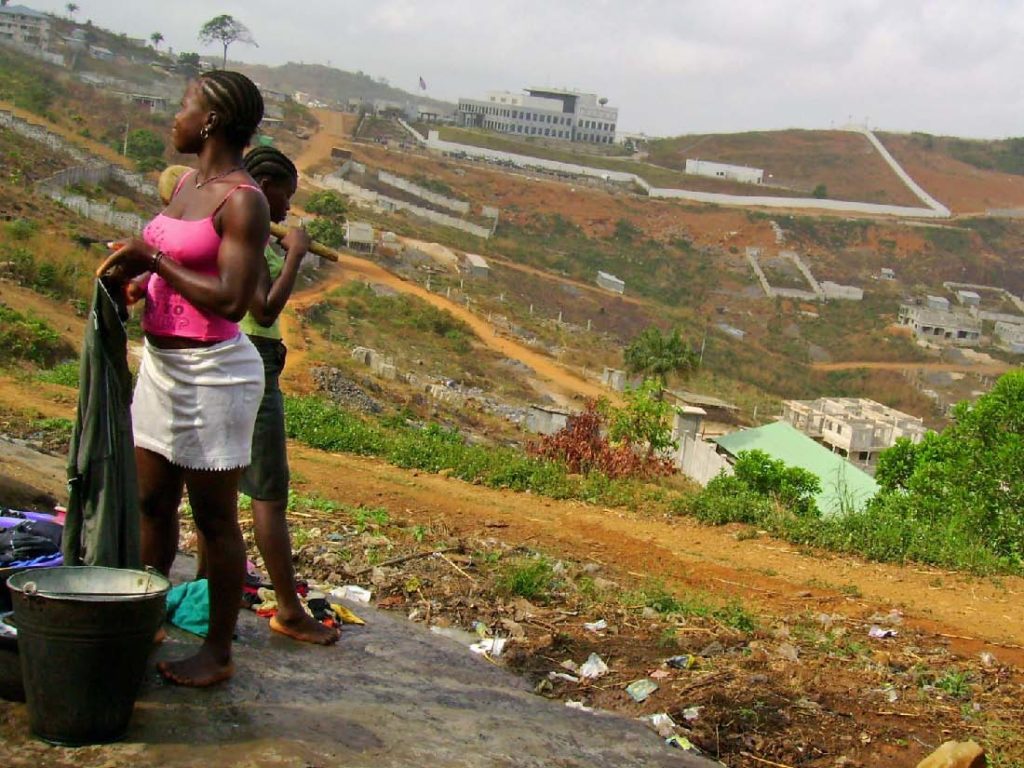
Image Source: US Dept of State
In Freetown, Sierra Leone, water resources are scarce. In addition to many water conservation features at Post, staff works with the local government to preserve the Western Area forest reserve, which provides life-giving water to the city.
Overview
There is no other resource on the planet that is more widely used and valued than water. The availability of this resource affects humans on a local, national, and regional level, as fresh water is critical for drinking, agriculture, cooking, sanitation, and industry. Over one billion people lack access to water and 2.7 billion experience water scarcity at least one month a year. By 2025, two-thirds of the world’s population may be facing water shortages.1
Only 2.5% of all the water on earth is freshwater, and less than 1% of that freshwater is accessible for ecosystems and human use.
The countries with the largest absolute consumption are respectively China, India, and the United States, while the countries with the largest external water dependency are Malta (92%), Kuwait (90%), Jordan (86%), Israel (82%), and the United Arab Emirates (76%) and Yemen (76%).2 Water conservation is particularly important for sites located in countries where water is scarce or where the national water footprint is high; however, due to the global imbalance of available water resources, responsible water management in all areas of the world is critical for global stability of water supply and access, and can serve as a model for future development.
Site implementation of strategies in this chapter can decrease utility cost, as well as decrease demand on local municipal infrastructure of water supply and wastewater treatment (WWT) facilities, where they exist, and demonstrate best management practices for developing countries, thus helping site engage in sustainable water usage.
Figure 1: Total water use by country


